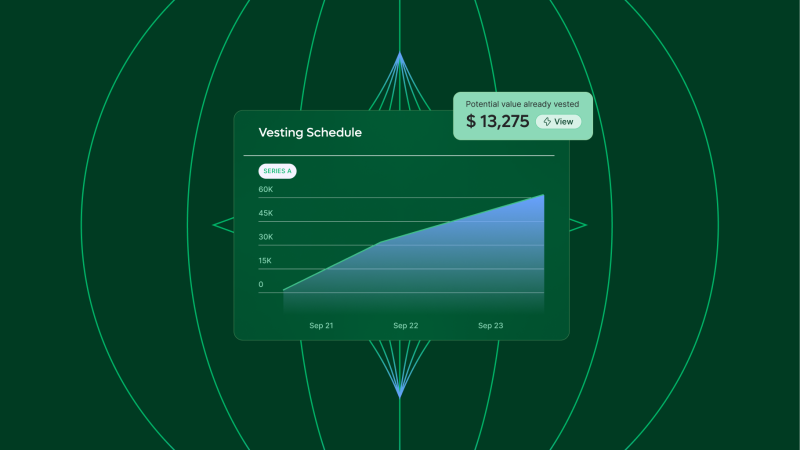Definition
Types
What is a leave of absence?
Businesses use the term leave of absence to define the period when an employee is permitted to be away from their work while still maintaining their employee status. Paid or unpaid leaves of absence are taken for a variety of reasons including personal health issues, family matters, or even professional development.
A leave of absence is implemented differently for every business and country. Implementation hinges on company policy and local employment laws and regulations. As an employer, you must consider the impact an employee's absence may have on the productivity and morale of the team.
Some businesses may have a formal process requiring employees to apply for a leave of absence, while others might handle each situation on a case-by-case basis. During the leave period, employees may or may not receive their usual pay depending on the nature of the leave, the laws governing employee rights, and the company's guidelines.
When it comes to international hires, differences in local labor laws can significantly affect how a leave of absence works. For example, some countries may require employers to provide paid leave for certain situations, while others may not. Specific holidays may require a mandatory leave of absence and some governments regulate the amount of time that may be taken.
Falling out of compliance with a leave of absence regulation puts your company at risk of government fines, sanctions, and even employee lawsuits. It may ruin your reputation and keep highly talented workers from joining your organization.
Offering longer leaves of absence or including more categories where leave may be taken is a strategy for competitive companies to attract and retain top talent. Employees view this as a sign of respect, care, and concern for their well-being. In turn, a leave of absence may boost employee engagement and motivation to perform at their best upon their return to work.
By fostering open communication and understanding the legal landscape, businesses can successfully navigate the complexities of leaves of absence.
Types of leave
Not all leaves of absence work in the same way. Some are paid and some are unpaid. Some types of leave are mandatory for every business while others are optional benefits. Here are examples of the types of leave of absence to offer your employees:
Sick leave
Anytime an employee has an illness, injury, or other medical emergency, they are permitted to use sick leave to take time off from work. Employment packages generally include sick leave, although depending on national or local law, inclusion may not be required. This type of leave is either paid or unpaid and can be given as a set amount of time or accrued through hours worked. A doctor's note or other type of documentation may be required to validate the need for sick leave.
Vacation leave
Also known as annual leave, vacation leave is the time an employee takes off from work for rest, relaxation, or personal affairs. Like sick leave, it is almost always included in an employee package and helps promote work-life balance. The exact amount of vacation time varies but is typically guided by an employee's years of service or the position they hold. This leave is almost always paid and is approved at the discretion of the employer.
Maternity/paternity leave
When a new parent wants to take off from work to care or to spend time with their newborn child, maternity or paternity leave is provided. Some companies offer paid leave, while others may offer unpaid leave or a combination of both. In many jurisdictions, there are legal protections to ensure job security during this time. Some countries may also mandate paid parental leave for a certain period, and employers may choose to offer additional paid time off as part of their benefits package.
Bereavement leave
A bereavement leave allows employees to take from work due to the death of a close family member or loved one. Typically, this type of leave is short-term, often ranging from a few days to a week, depending on the employer's policies and the employee's relationship with the deceased. Most companies offer full or partial pay during this period.
Jury duty
Most countries require their citizens to perform jury duty at some point, and when an employee is summoned, they are required to take time off from work to attend the trial. Depending on the location and the length of service, employers may be required to pay employees their usual wages, or offer full or partial compensation.
Military leave
In some countries, qualified individuals who have trained or previously served in the military are granted temporary leaves of absence to fulfill their military obligations without losing civilian employment. While the leave is often unpaid, some employers may choose to offer differential pay, which is the difference between the employee's military pay and their regular salary.
Personal leave
Personal leave is reserved for employees who need time off from work to attend to personal matters or emergencies. If the reason for a work absence isn't defined by another category, this is the type of leave used. Children's school events, relocating, personal crises, or even a mental health day are all examples of why an employee may use personal leave. Employees are generally required to request a personal leave in advance.
As an employer, consider the following:
Familiarize yourself with local labor laws to ensure compliance with leave entitlements, including eligible reasons and duration.
Establish clear and comprehensive leave policies within your organization, covering types of leaves, approval processes, and documentation requirements.
Maintain open communication with employees regarding the process of requesting and granting leave, emphasizing transparency and understanding.
Keep detailed records of leave requests, approvals, and any relevant documentation using a reliable HRIS.
Trending terms
WFH stipend
Transform spaces, elevate workplaces
Boomerang Employee
Old legends, new triumphs
Fringe Benefits
Upgrading the daily grind
Absence management
Balancing work and well-being
Disregarded entity
Simplified structure, full control
Inputed income
Quietly counted compensation
Nepotism
Competence, not cousins
Upward mobility
Scaling heights, sans vertigo


